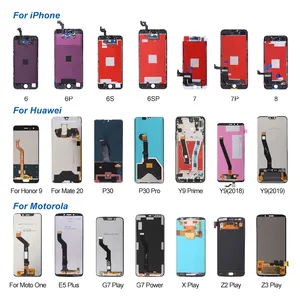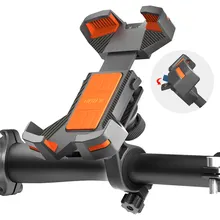LCD Display Technology: An Overview
LCD (Liquid Crystal Display) technology is the cornerstone of modern digital displays, found in a wide array of devices from smartphones to large-scale monitors. These displays are renowned for their crisp image quality and energy efficiency, making them a preferred choice in the electronics market.
Understanding Different LCD Types
The versatility of lcd panels is evident in their various forms, including tft lcd, ips lcd display, and more. TFT (Thin Film Transistor) displays are a subtype of LCDs that offer improved image quality and response times. IPS (In-Plane Switching) panels, on the other hand, provide wider viewing angles and better color accuracy. Each type caters to specific viewing needs, from personal devices to professional lcd computer monitors.
Applications and Advantages of LCD Screens
Lcd screens are integral to numerous devices, serving as the interface for user interaction. Their low power consumption is a significant advantage, especially in battery-operated devices like handheld lcd display arduino projects. LCDs are also known for their slim profile, lightweight design, and minimal heat emission, which contribute to their widespread use in everything from lcd monitors to portable electronics.
Features of High-Quality LCD Displays
A high-quality lcd display screen offers clear visibility even in bright conditions, thanks to the various backlighting techniques employed. Reflective, transmissive, and transflective displays each provide unique benefits, ensuring readability across different lighting environments. For instance, transflective lcd display panels combine the best of both worlds, offering excellent visibility in both low and high ambient light settings.
Choosing the Right LCD for Your Needs
Selecting the appropriate lcd liquid crystal display involves considering factors like display type, size, resolution, and specific use-case scenarios. For hobbyists and developers, components like the arduino lcd i2c or lcd 16x2 are popular for their ease of use and integration into custom projects. Meanwhile, professionals might opt for led lcd monitors that offer larger screen real estate and superior color reproduction for tasks that demand high visual fidelity.
Environmental Impact and Efficiency
LCD technology not only enhances the user experience but also aligns with eco-friendly practices. These displays are more energy-efficient compared to their CRT counterparts and are easier to dispose of responsibly. Their energy-saving nature makes them an environmentally conscious choice for consumers and businesses alike.











































 浙公网安备 33010002000092号
浙公网安备 33010002000092号 浙B2-20120091-4
浙B2-20120091-4